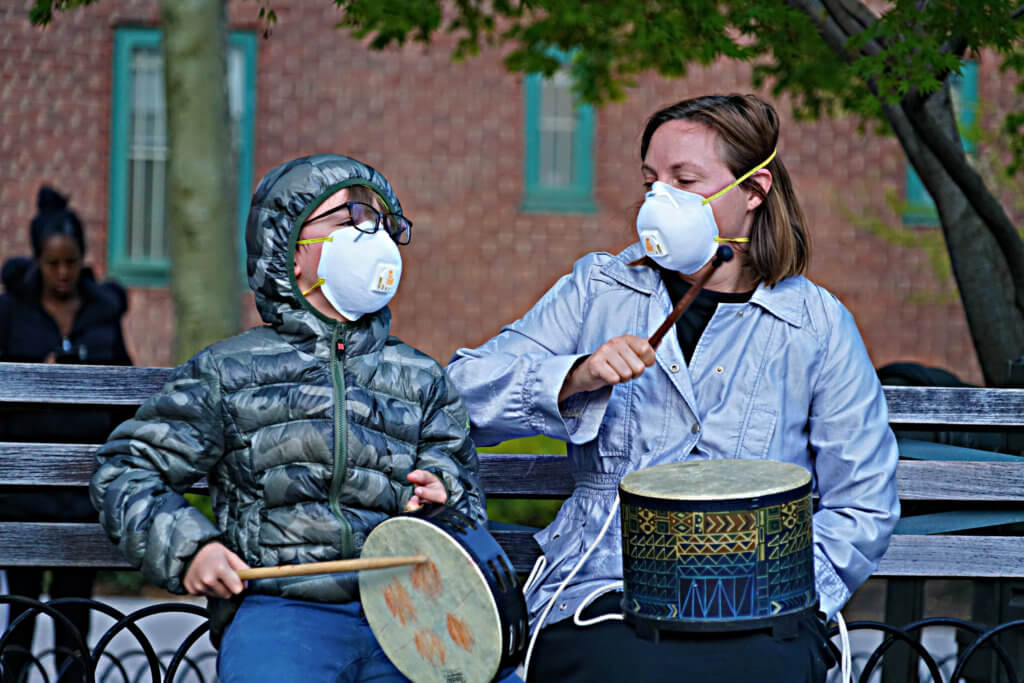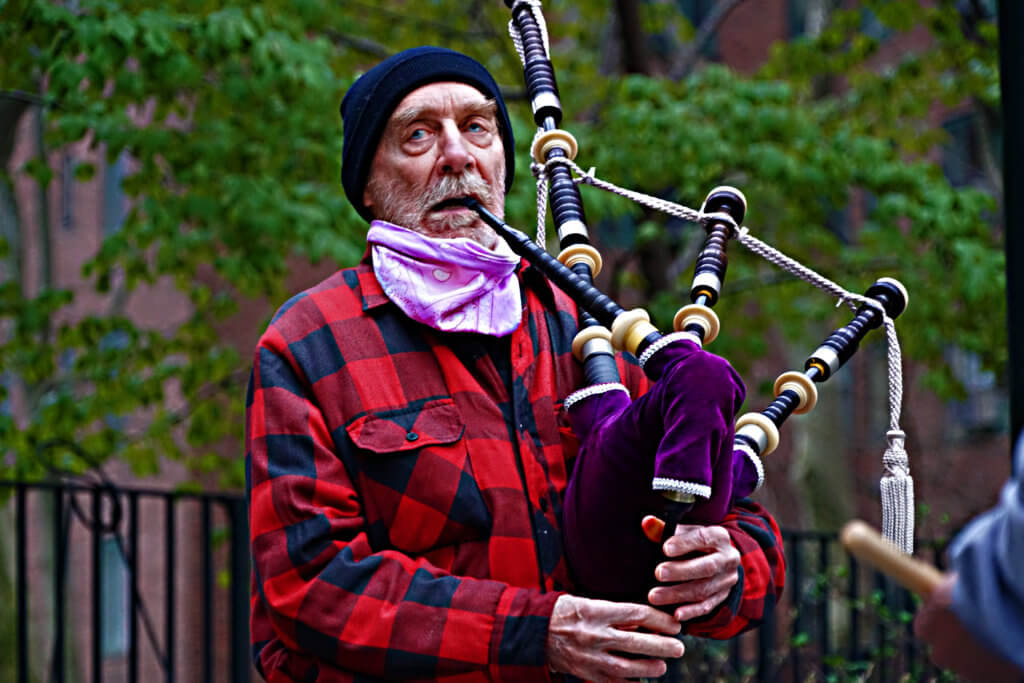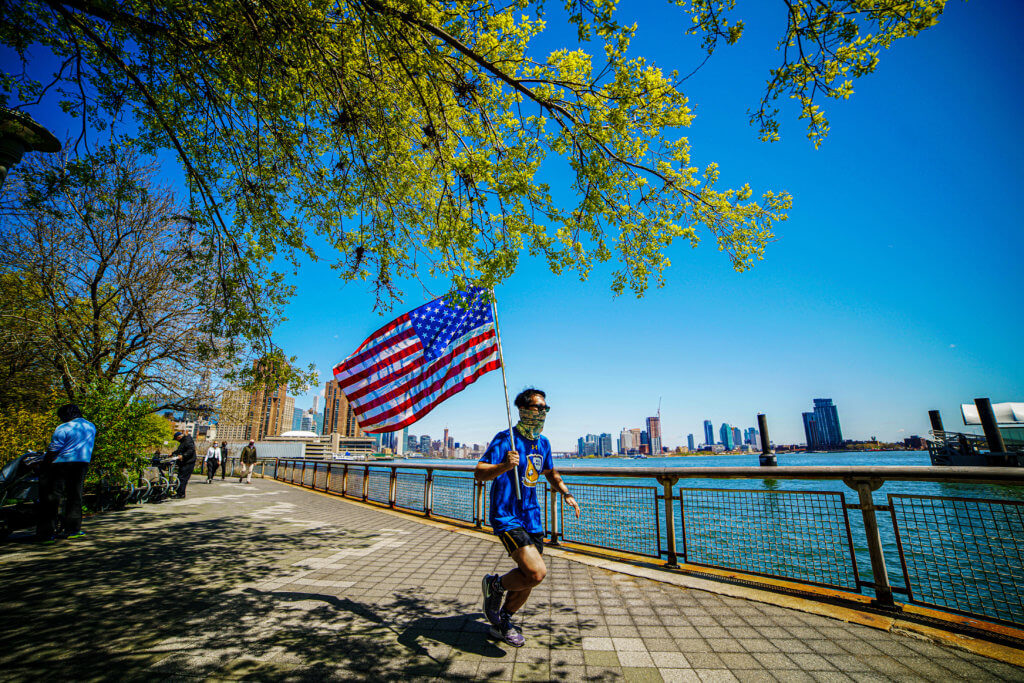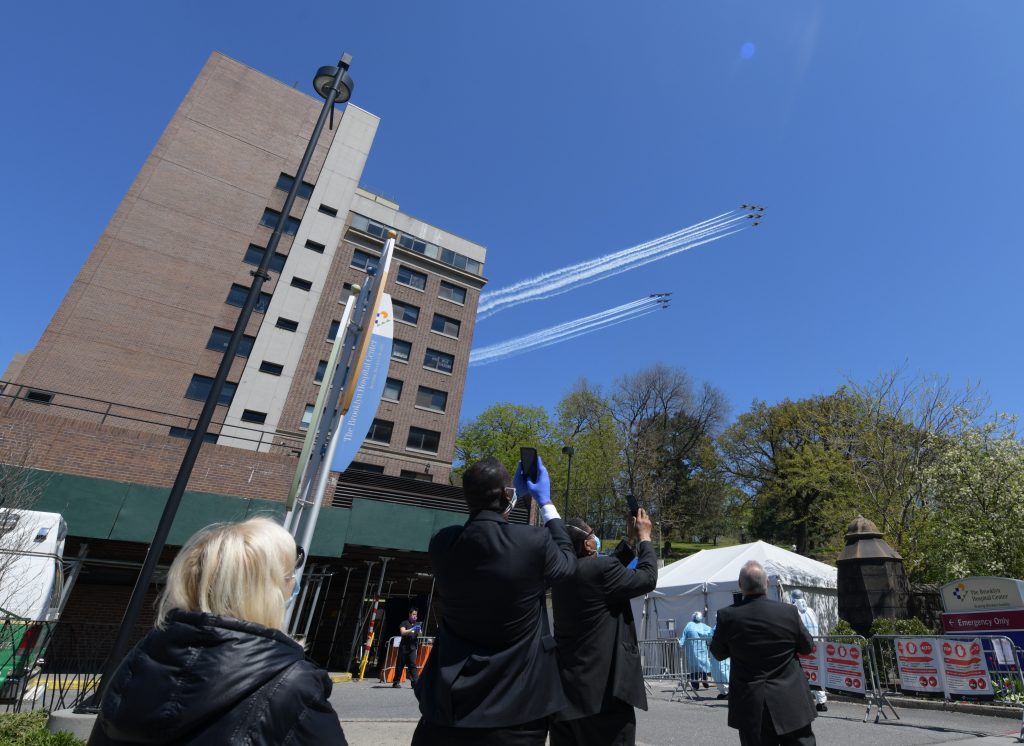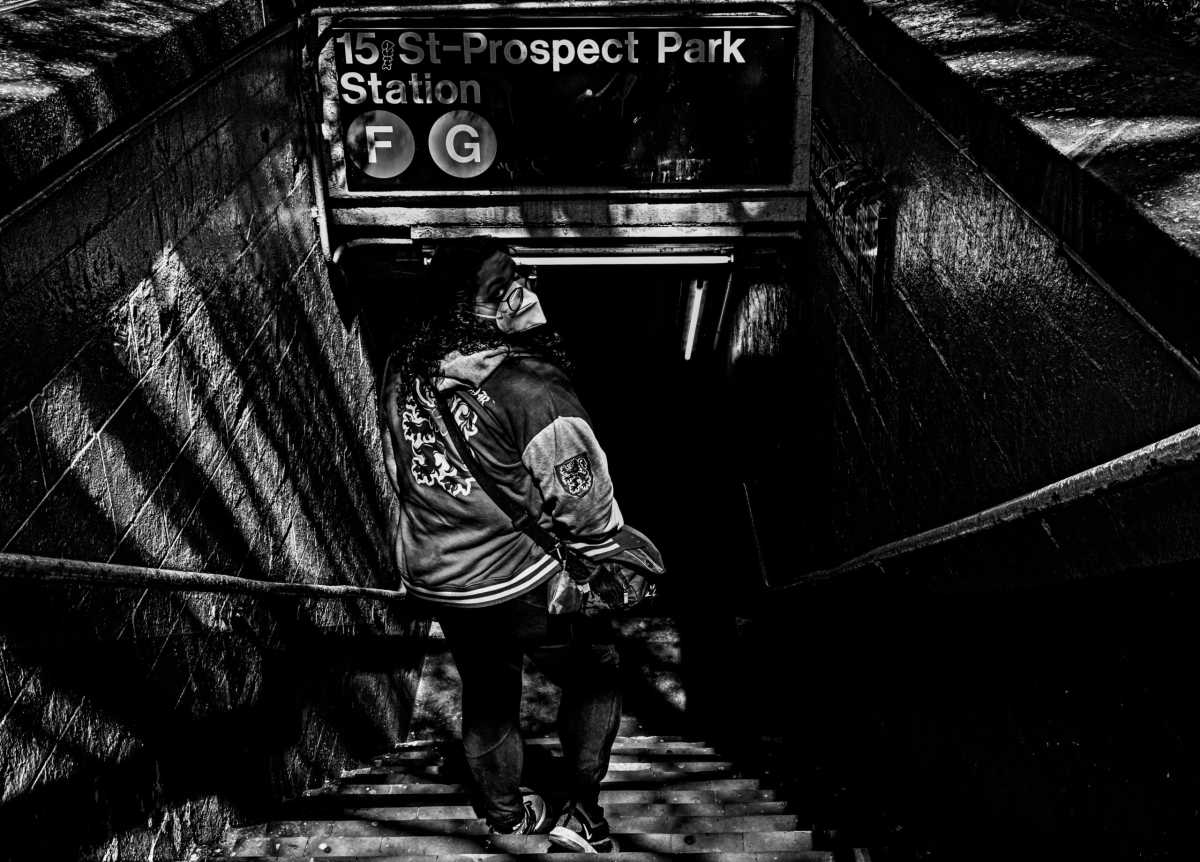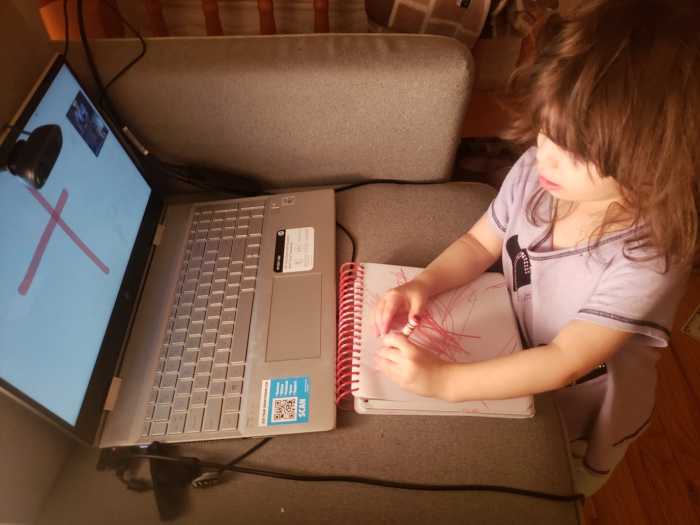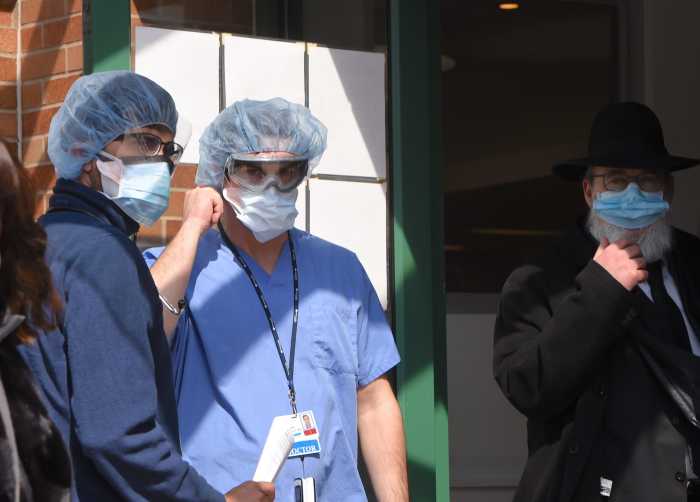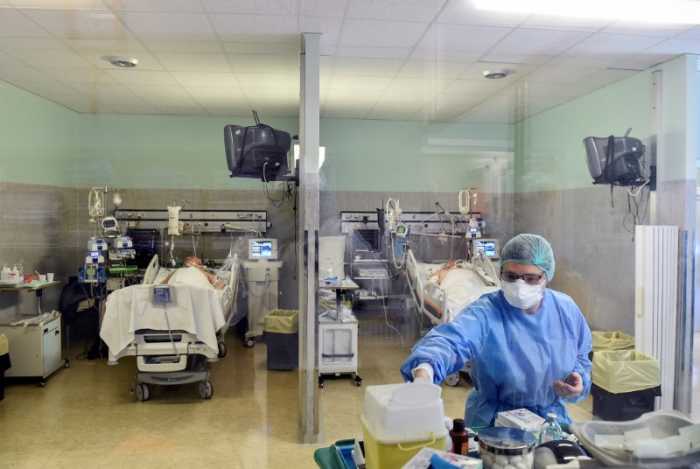The COVID-19 pandemic is the greatest global health crisis in over a century. As such, analysis of the details and statistics surrounding the virus have inundated our daily lives for a year now. However, for many New Yorkers there is nothing that showcases life with the novel coronavirus more than the scenes of those first few months. From the empty streets of a comatose city and the closure of public playgrounds to the lines of newly masked individuals waiting their turn to enter local supermarkets, amNewYork Metro looks back at images exemplifying the human experience during that historic Spring.
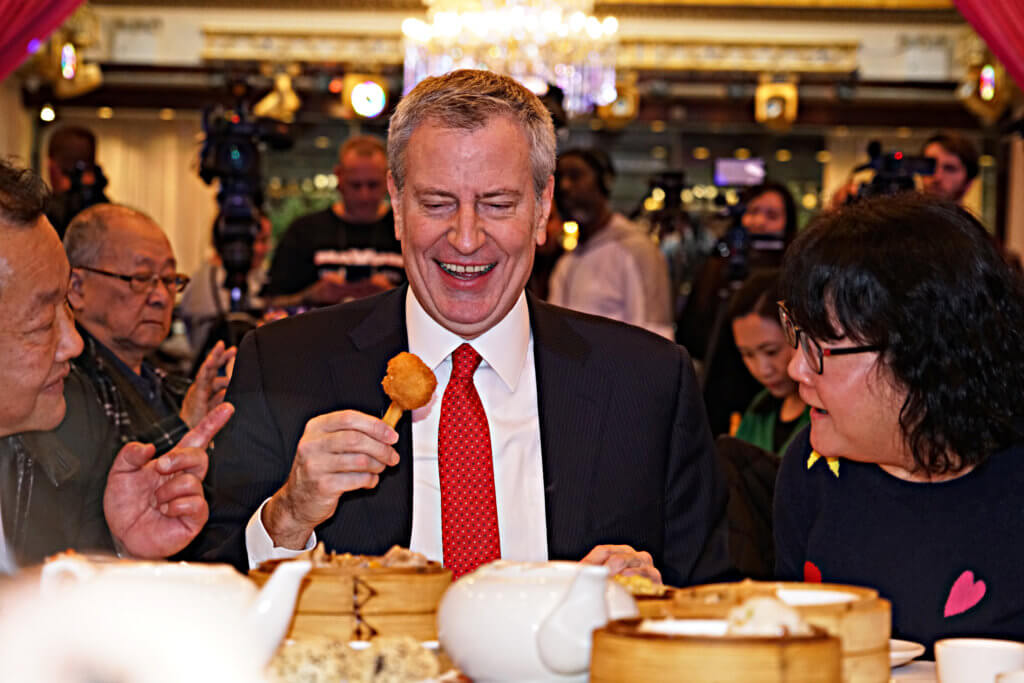
In February, just as the winter’s frost began to fade the destructive power of the virus had already been well documented, albeit at that time it was still a faraway threat. In an attempt to quell the rumbling fears brewing around the city, Mayor Bill de Blasio visited Flushing, Queens where he enjoyed lunch. This effort to alleviate rising tensions may have been well intended but ultimately proved to be unfounded as COVID-19 reached New York less than one month later.
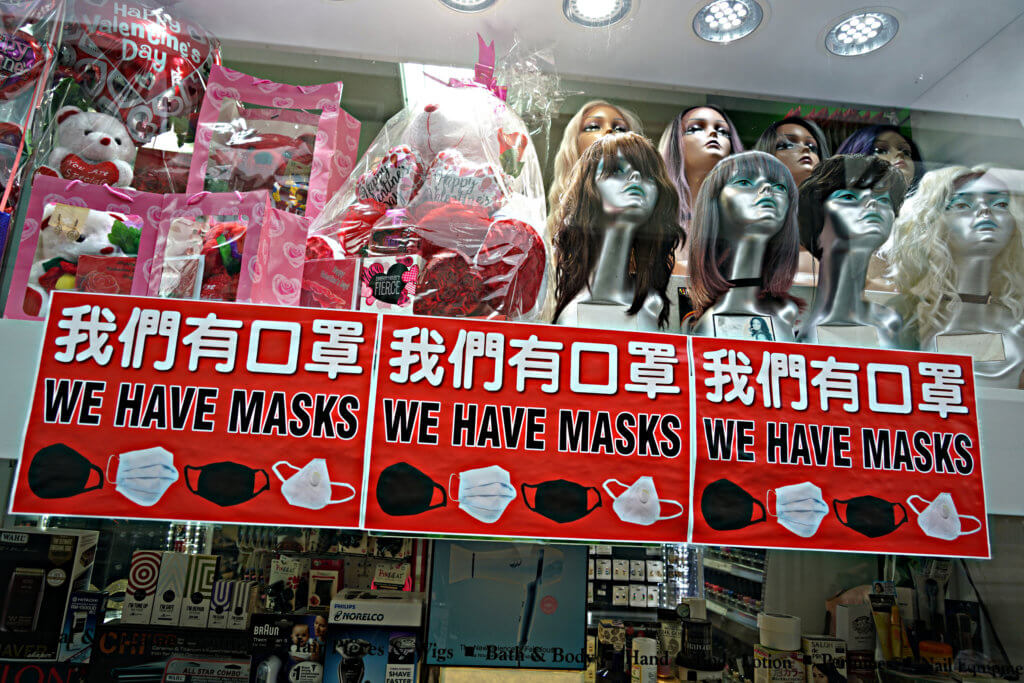
On March 1st, the first case of the dreaded virus was reported in New York City. Soon thereafter hospitals swiftly became over encumbered with patients. Reports of families leaving loved ones at the doorsteps of medical centers before speeding away quickly became headline news as cases skyrocketed day by day, doubling overnight.
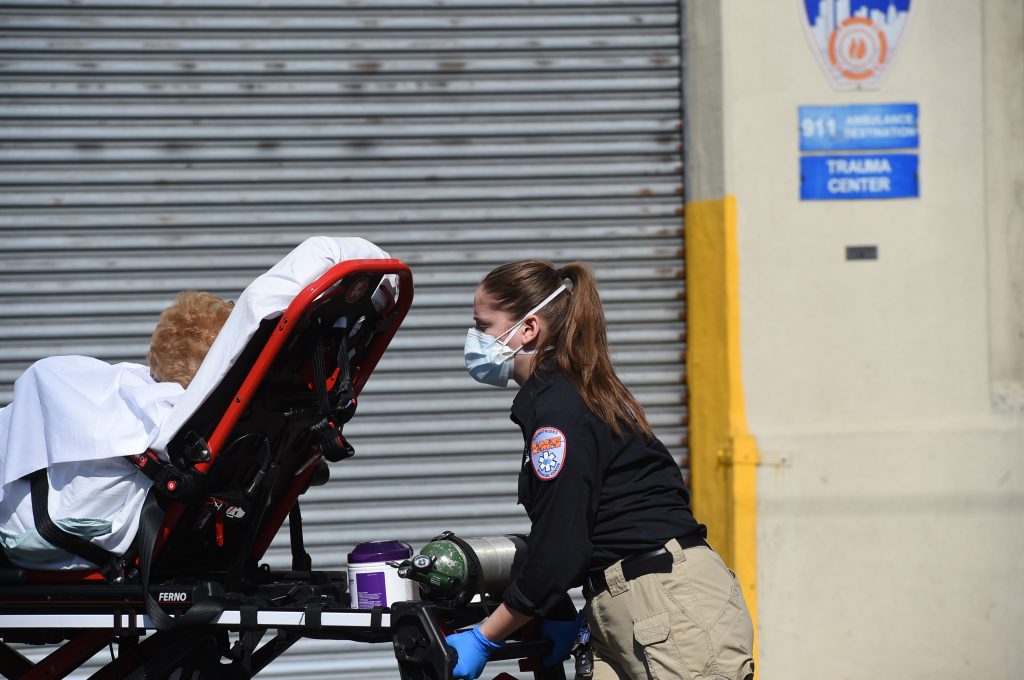
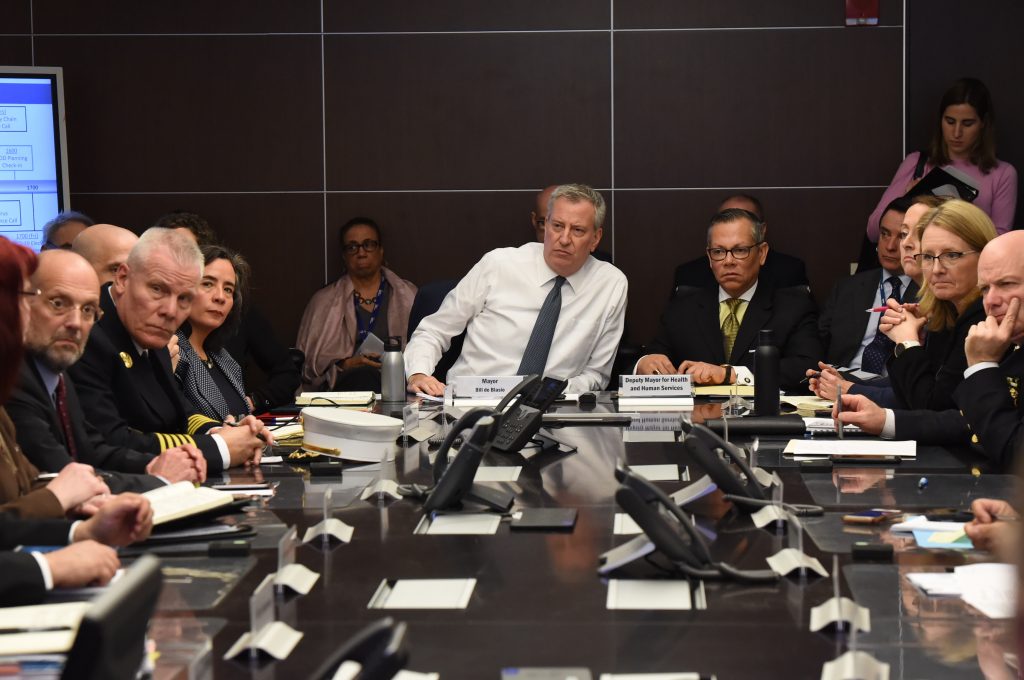
As political leaders made a game plan, so did hospitals in New York City. Regulations and safety measures were increased, splitting emergency rooms between patients with COVID-19 symptoms and those with other ailments. Medical staff at various hospitals pre-screened patients prior to entering their facilities.
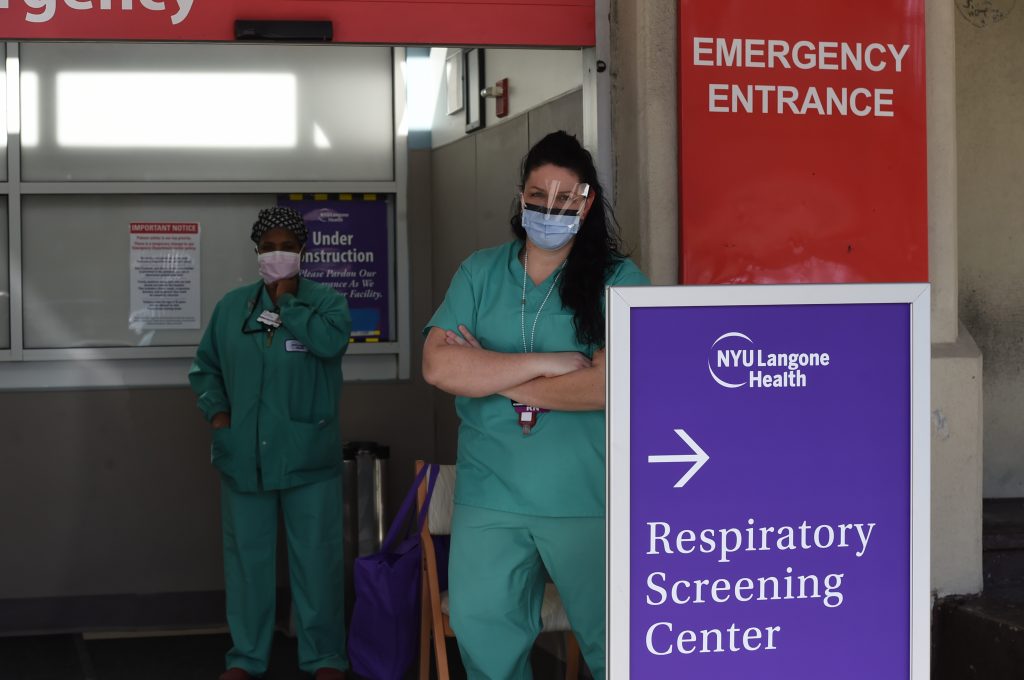
While city workers scrambled to deal with the ramifications of the pandemic, New Yorkers came to terms with a very different, bleaker, city. Unemployment rates rose as many business were forced to close, Governor Cuomo announced a state moratorium on residential and commercial evictions on March 20, 2020 so that tenants could not be evicted during the health crises (In June, the Tenant Safe Harbor Act was signed), and then the food insecurity crisis began to be a widespread issue.
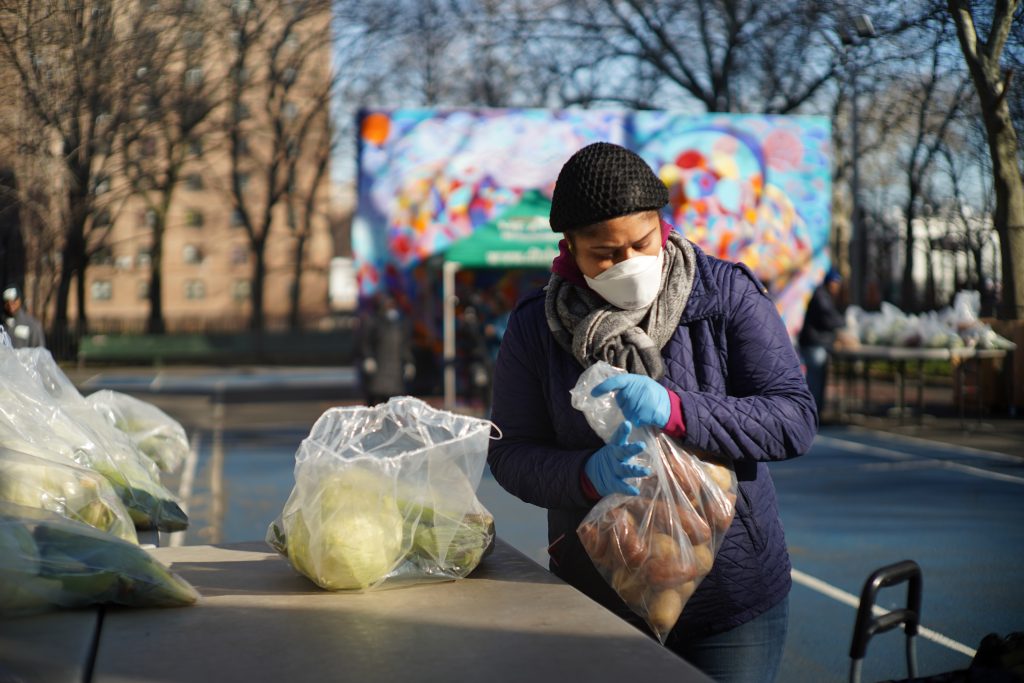
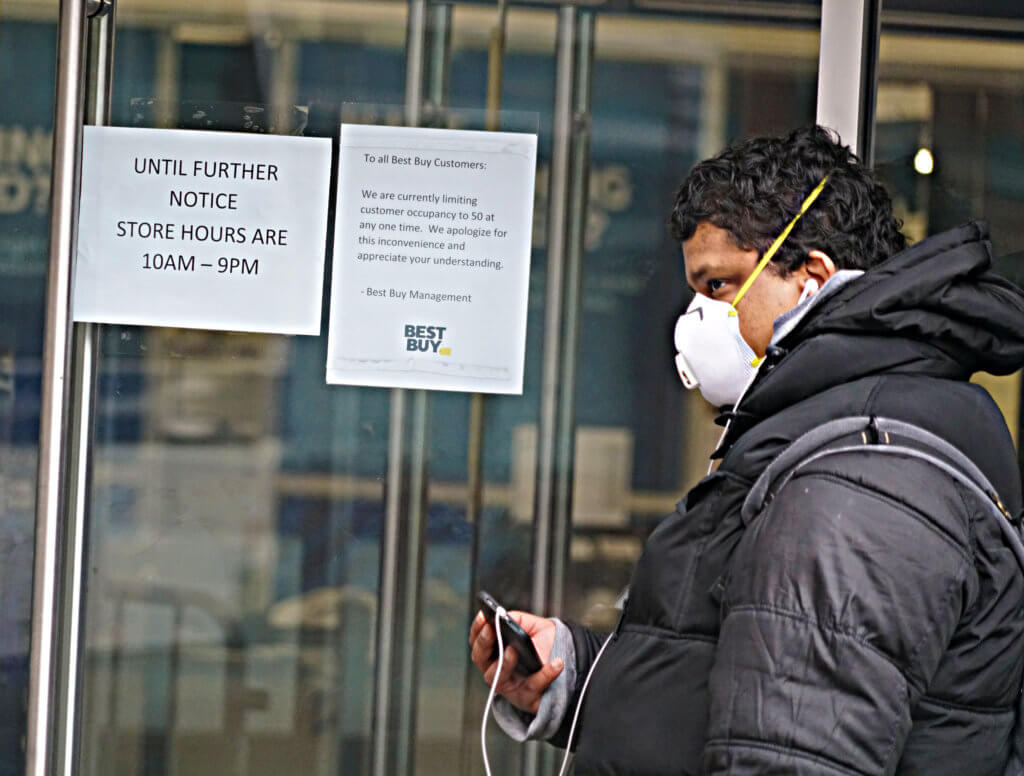
Schools played a game of hot potato, closing and opening several times as Mayor Bill de Blasio, Governor Andrew Cuomo, and now former NYC Schools Chancellor Richard A. Carranza debated on a citywide plan for students. Churches were closed, stores shuttered their doors, and some businesses either remained open for a limited amount of time or only provided curbside service. Parks remained closed for children, and all were asked to self-quarantine.
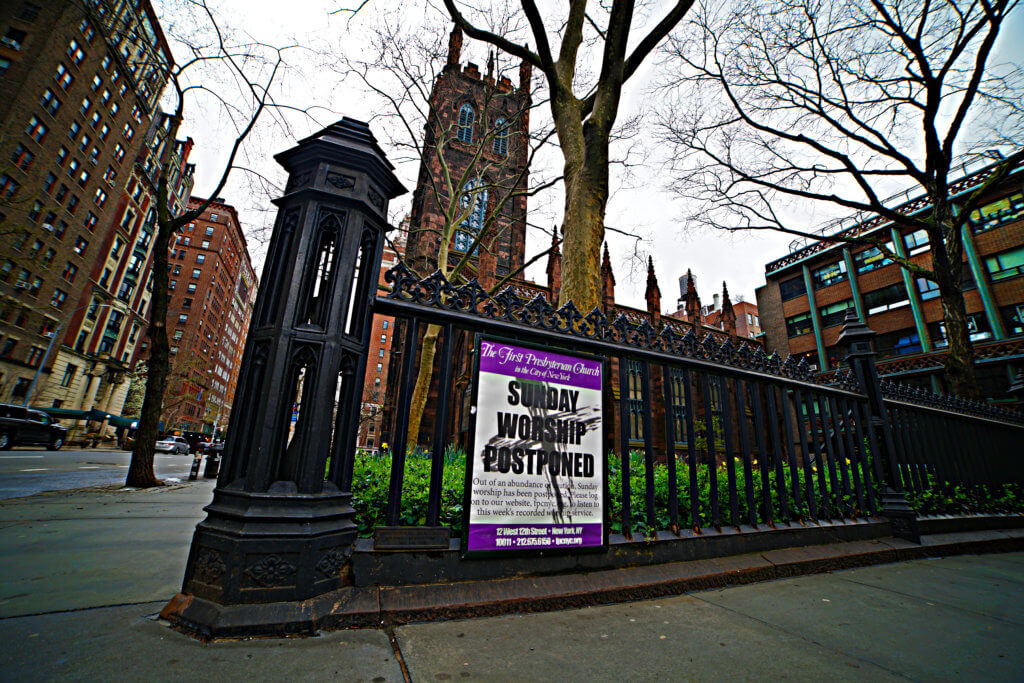
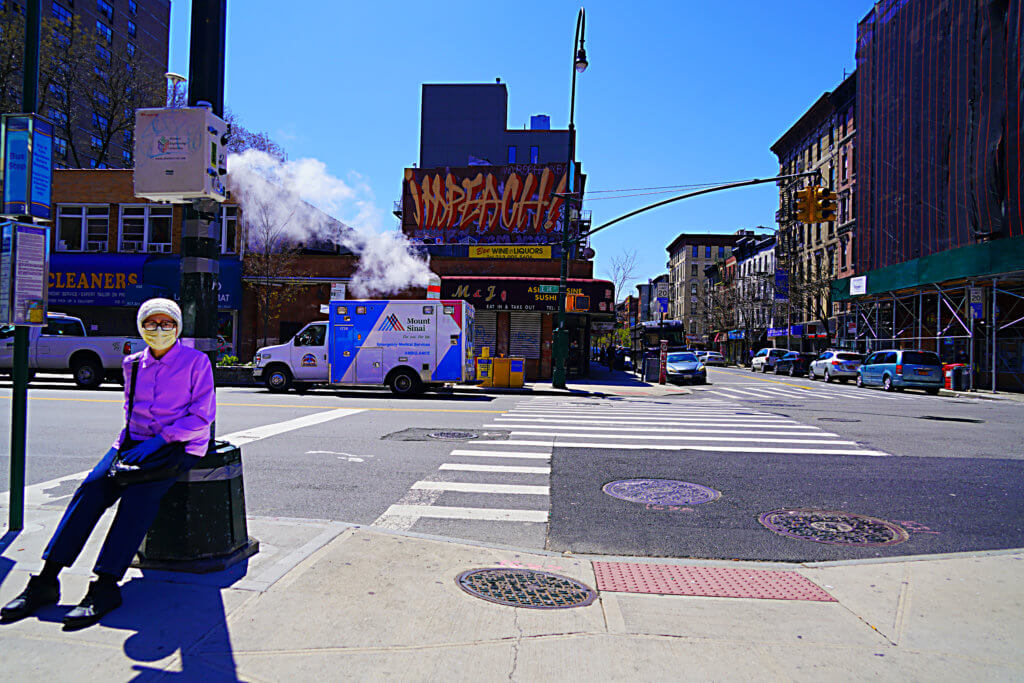
The streets became an empty abyss, seeing only those who were foraging for food at near-empty grocery stores with lines going down several street blocks.
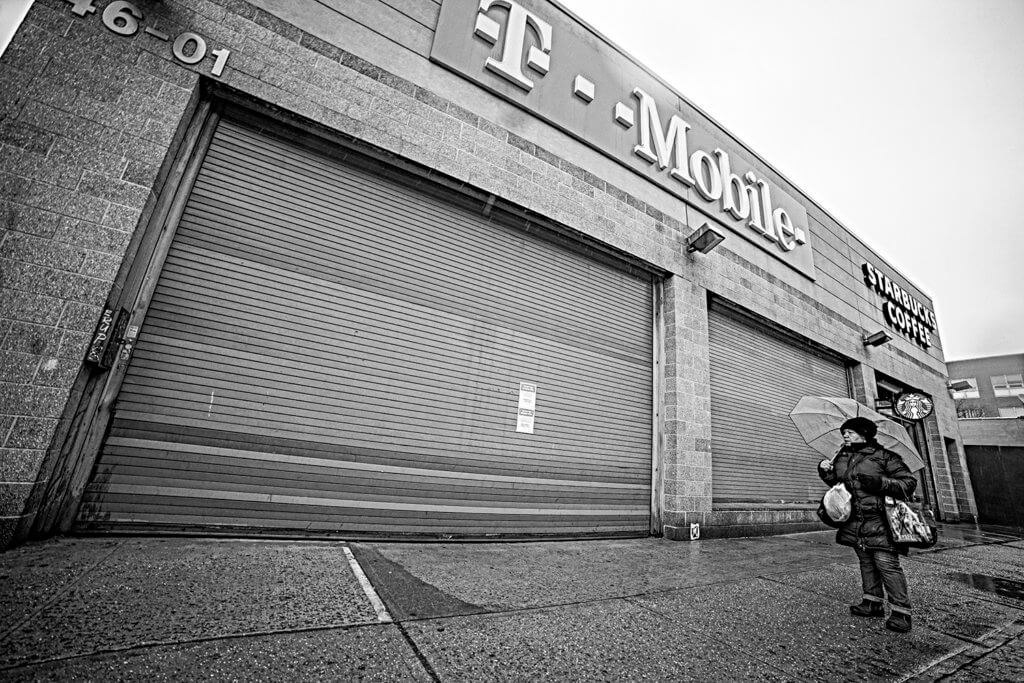
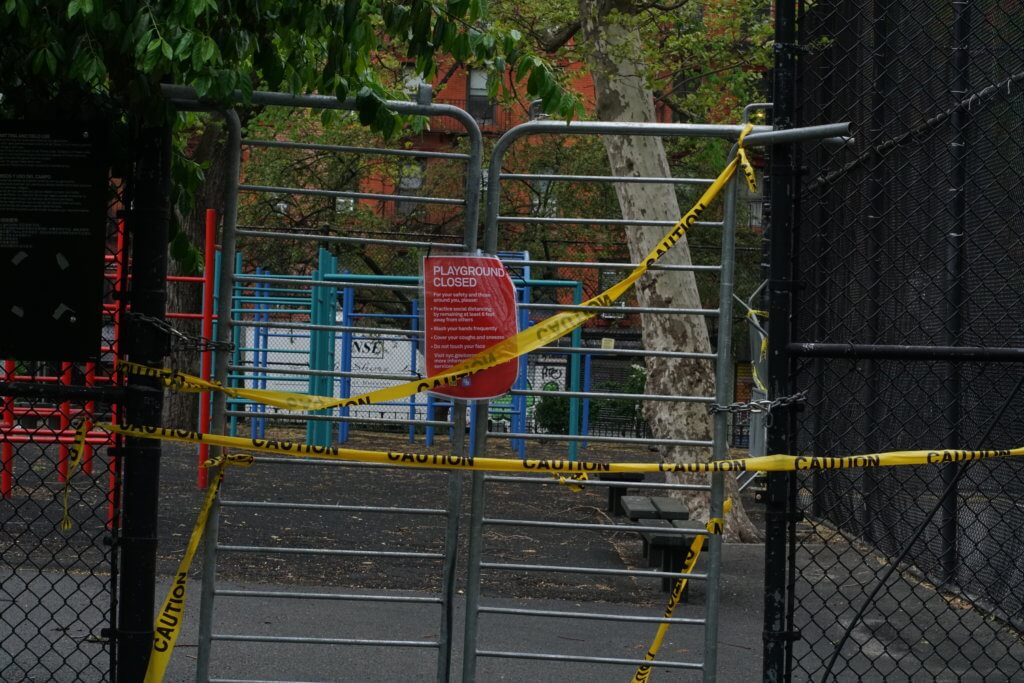
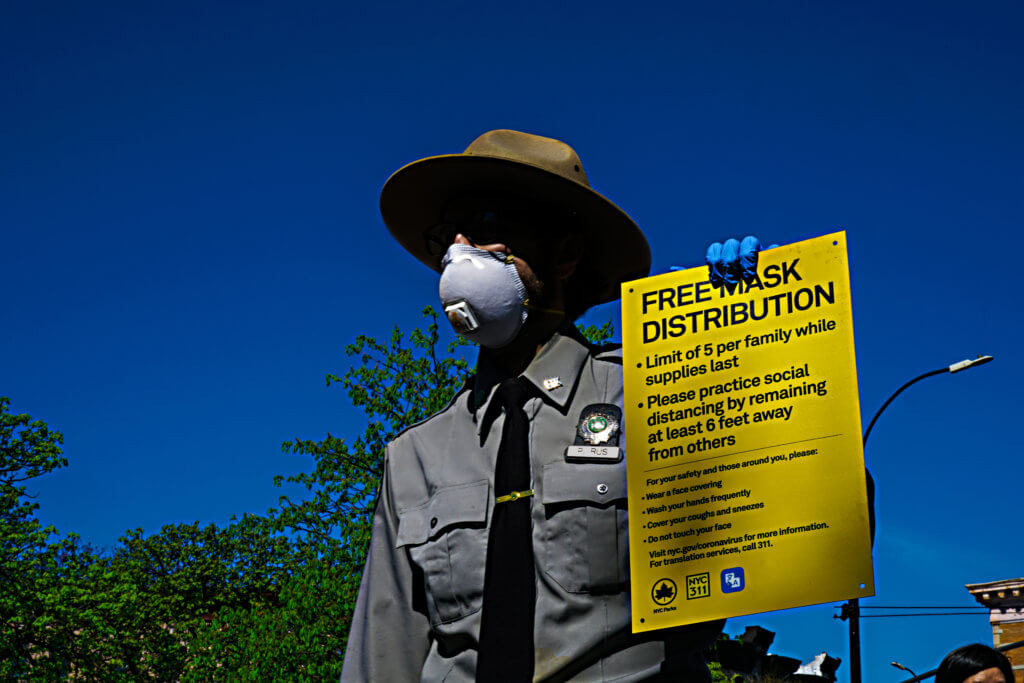
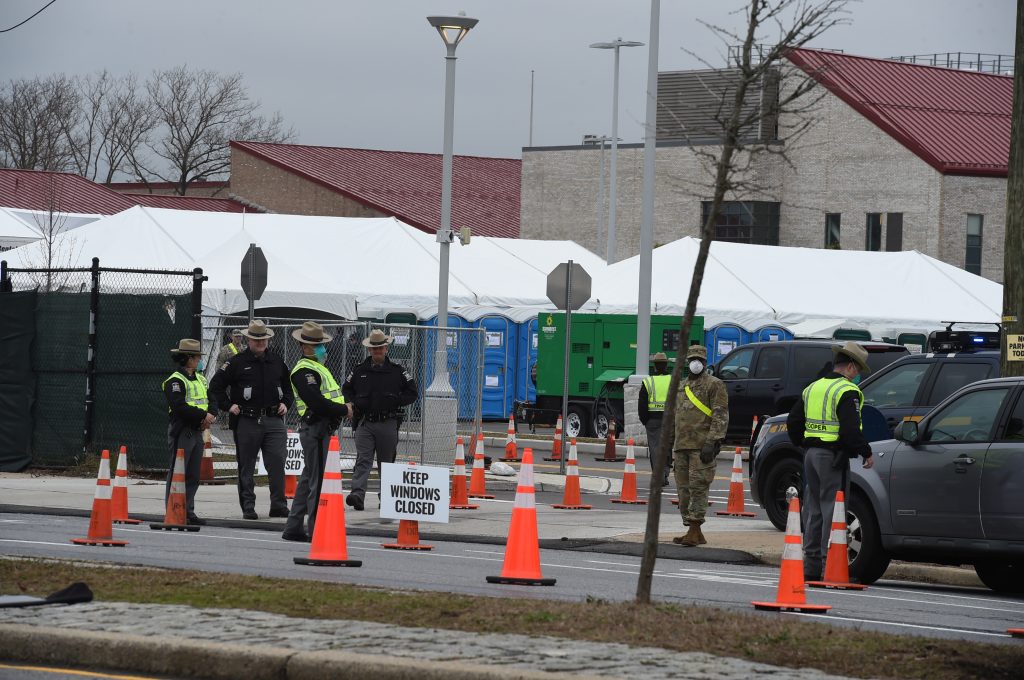
To help reduce and monitor the spread of COVID-19, several drive-through testing sites were erected throughout the city. CDC guidelines were continuously stressed by both health and elected officials, stating to maintain six feet apart, wear masks, and religiously wash your hands. For some, the quarantine meant months without seeing grandparents and other loved ones, while other couples attempted to keep some semblance of normalcy by wearing gloves as they held hands.
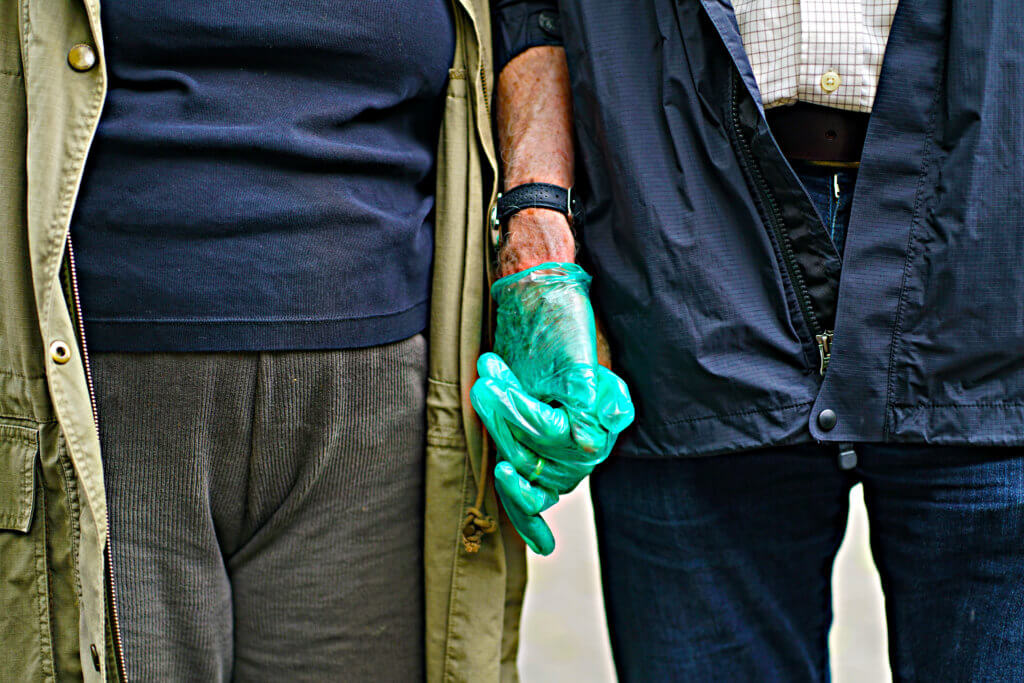
In April, the lockdown message was starting to reach the ears of the city. With storefronts closed and no reason to leave home save for food, parking lots remained empty. Public transport also became nearly non-existent. Train hours and MTA personnel were significantly reduced and the homeless were pushed out from sleeping within stations overnight.
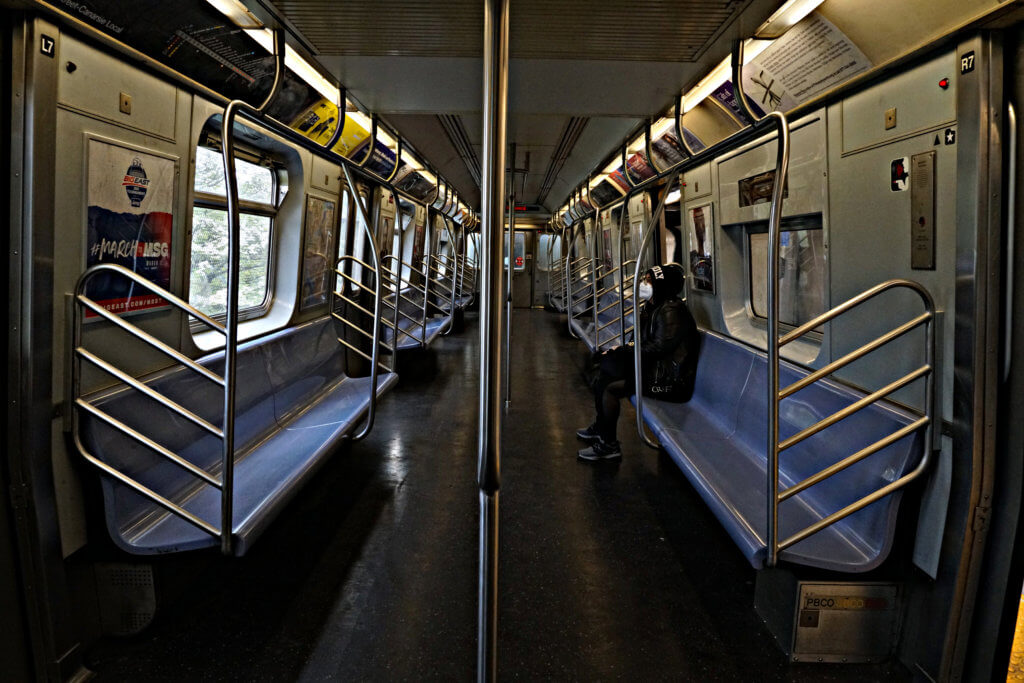
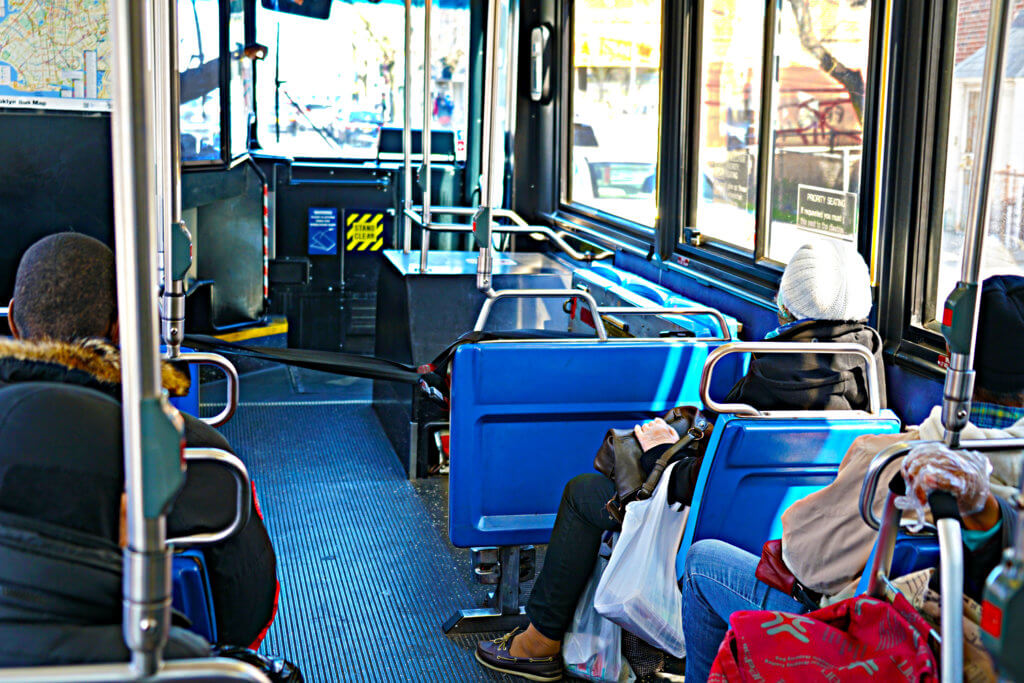
On March 24, emergency services were given strict regulations to protect themselves from contracting the coronavirus while treating patients. Medical personnel were instructed to wear masks, gloves, face shields, and disposable surgical gowns when treating a patient. Firefighters and police were told not to be inside or near emergency services if they were treating a patient that had COVID-19 symptoms.
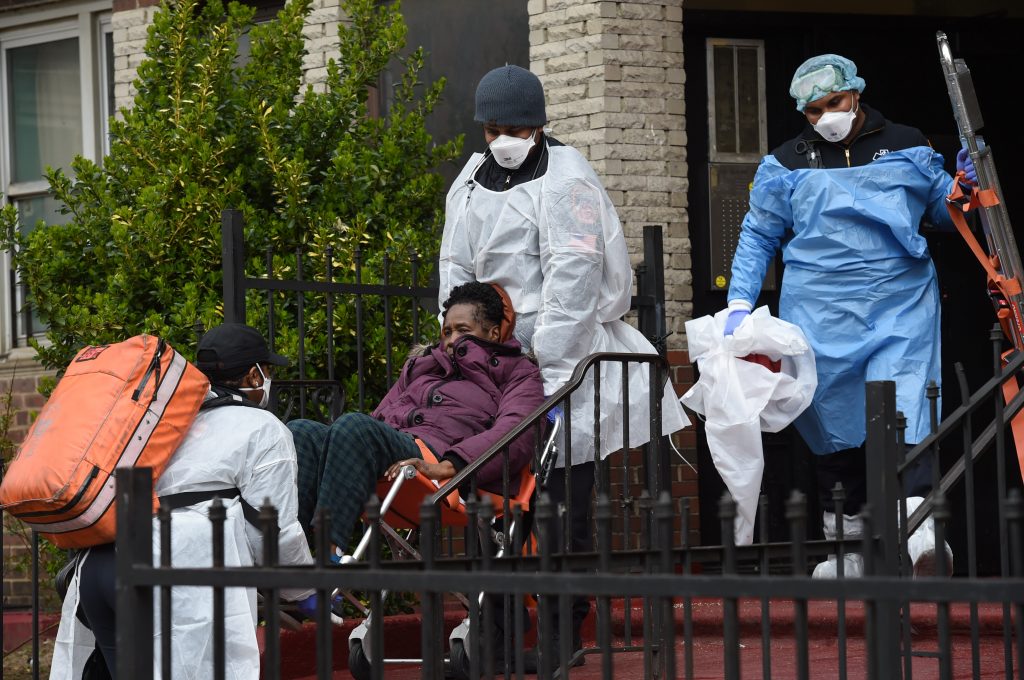
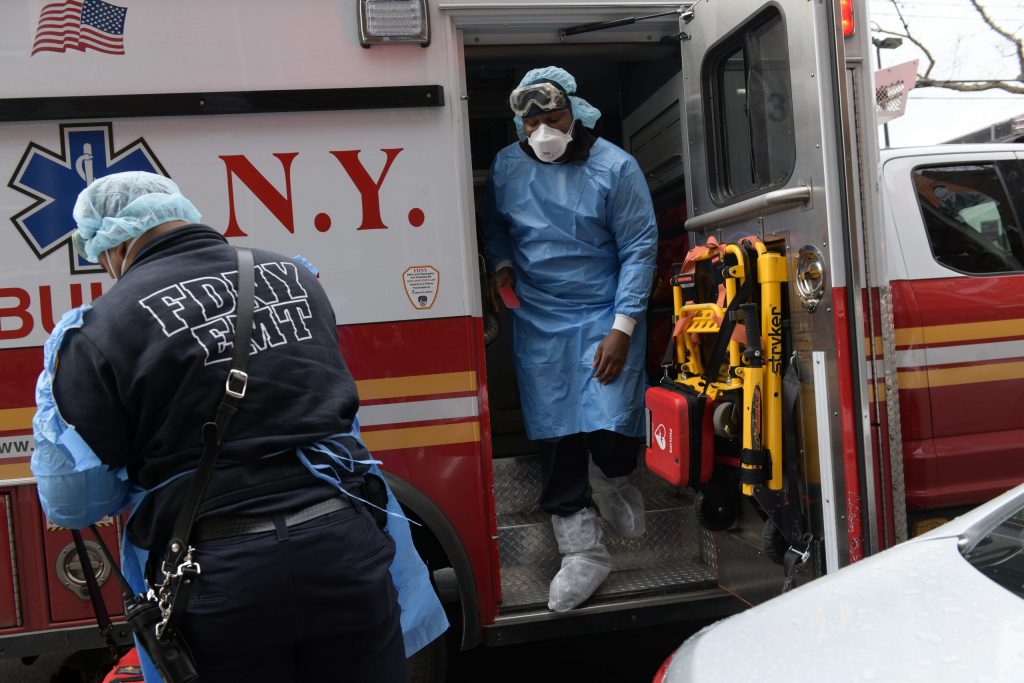
During this time, the appreciation for healthcare and essential workers were unprecedented. New Yorkers found their own unique ways of thanking those who spent every single day risking their lives. From clapping, banging drums, and even jogging with the Star-Spangled banner, city dwellers made their appreciation known loudly and proudly.
